At Italian Tech Week in Turin on October 3, 2025, Jeff Bezos described the current surge in artificial intelligence investment as an “industrial” AI bubble that is overfunding startups but accelerating the experiments that will underpin the next era of computing. He argued society will still reap “gigantic” benefits from the cycle, even if many bets fail along the way. He also floated a radical infrastructure horizon: gigawatt‑scale data centers in space within 10–20 years. [1]
Bezos’s diagnosis is blunt about capital misallocation. He said investors are sometimes giving “a team of six people a couple billion dollars with no product,” a sign of froth he considers typical of breakthrough cycles. Still, he maintained AI will “change every industry,” and insisted the eventual payoff justifies the current excesses. His framing places the AI bubble in the tradition of tech booms that leave lasting gains after a shakeout. [2]
PitchBook data underscores the scale: AI startups in the U.S. raised $104.3 billion in the first half of 2025 alone, cementing AI as the most heavily capitalized frontier technology this decade. Bezos compared the moment to 1990s biotech, where many failures produced a smaller number of enduring breakthroughs, and to the dot‑com era, when overvalued names eventually gave way to durable platforms. The message: brace for losses, but don’t underestimate compounding benefits. [5]
Key Takeaways
– shows AI startups raised $104.3 billion in H1 2025 U.S., underscoring capital intensity fueling the current AI bubble narrative. [5] – reveals Bezos envisions gigawatt-scale data centers in space within 10–20 years, framing AI’s infrastructure demands as a multi-decade challenge. [1] – demonstrates froth: investors can fund six-person teams with a couple billion dollars and no product, concentrating risk in immature bets. [2] – indicates this “industrial bubble” will include failed investments before fundamentals decide winners, echoing 1990s biotech and dot‑com cycles. [3][4] – suggests net societal payoff will be “gigantic” as AI changes every industry, despite near-term volatility following October 3, 2025 warnings. [2][3]
Why Bezos calls it an AI bubble
Bezos characterized the AI boom as an “industrial bubble,” distinguishing it from credit-fueled banking crises and emphasizing a pattern where both good and bad experiments attract capital. In his view, investors struggle to pick winners when the underlying technology is still being defined, making overfunding almost inevitable in early phases. Yet, he contends that the churn is productive because it increases the volume of experimentation needed to find scalable use cases. [1]
He warned that some investors will lose money when the tide recedes, but stressed that reality will reassert itself as product-market fit and unit economics take precedence. That view aligns with market cycles where hype subsides and fundamentals sort winners from losers, a dynamic familiar from past tech booms. Ultimately, he said, the AI spending wave “will make society better off,” even as the market corrects exuberance. [3]
Barron’s noted Bezos likened today’s environment to the dot‑com era, when elevated price/earnings ratios made valuations fragile to shifts in sentiment. The key, he suggested, is not to deny the bubble dynamics but to recognize them as part of innovation’s messy front end. Investors, he argued, should refocus on fundamentals—durable revenue, defensible moats, and real customer outcomes—as the cycle matures and hype-driven multiples compress. [4]
Funding data and historical parallels to the AI bubble
The funding base is already historic. In the U.S., AI startups secured $104.3 billion in the first half of 2025, a figure that compresses multiple years of typical venture deployment into six months. Such concentration raises the bar on outcomes: capital must translate into breakthroughs in models, tooling, chips, and infrastructure, or it will be written off in the next reset. Bezos suggested that this overabundance is a feature, not a bug, of transformative cycles. [5]
Business Insider reported his most pointed example: checks for “a team of six people” that run to “a couple billion dollars”—without a shipped product. That extremes-of-capital anecdote has become emblematic of the AI bubble’s speed and the fear of missing out that pulls prudent investors into later-stage rounds at ballooning valuations. Bezos, however, said the phenomenon mirrors earlier waves where overspending accelerated learning curves. [2]
Drawing parallels to 1990s biotech, he argued the ratio of failures to successes can be high without undermining the aggregate return for society. The comparison is instructive: many biotech ventures failed, but the knowledge and infrastructure built paved the way for therapies that now look obvious in hindsight. Likewise, AI may discard numerous projects, yet leave stronger models, tools, and institutions in its wake post-shakeout. [5]
What the AI bubble means for energy and infrastructure
Perhaps the most striking part of Bezos’s thesis is not about venture valuations but about physics. He forecast gigawatt‑scale data centers in space within 10–20 years, suggesting that AI’s appetite for energy and compute could push infrastructure to the edge of current terrestrial limits. That horizon implies a massive buildout of power generation and a rethinking of where and how the largest model training runs will occur. [1]
By pointing to space-based deployments, he flagged constraints that are already animating boardroom decisions: reliable, scalable energy supply; cooling; and proximity to data sources. In his telling, the infrastructure piece is the long game investors should watch—outlasting any correction in app-layer valuations. The sequencing he implied is clear: first comes overfunded experimentation; later comes industrial modernization to match AI’s compute hunger. [1]
Even if space data centers remain a decade or two away, the directional call reframes the AI bubble as a prelude to heavy-industry investment cycles. The implication is that capital expenditures shift toward energy, specialized facilities, and networking as the platform layer stabilizes. For investors and policymakers, the question becomes less “Is there a bubble?” and more “How fast can infrastructure catch up to demand?” [1]
Why the AI bubble could still yield ‘gigantic’ societal gains
Bezos’s optimism hinges on AI’s general-purpose impact. He said AI will “change every industry,” from logistics and manufacturing to research and services, implying a wide productivity envelope even if current valuation multiples revert. That means the social return on experimentation—new methods, datasets, and tools—can exceed the private return for many individual investors who back the wrong teams at the wrong time. [2]
Bloomberg reported his conviction that fundamentals eventually prevail, not narratives, and that the post-bubble landscape rewards real-world performance. In other words, hype may misprice assets, but deployment disciplines the technology: if a model reduces costs or opens new capabilities, it stays; if not, it fades. That self-correcting mechanism, he argued, is why the AI spending boom “will make society better off.” [3]
Barron’s added that Bezos expects advances in science and quality of life to flow from AI as it matures, a view that extends beyond short-term market cycles. Whether in drug discovery, materials, or process optimization, the longer arc favors technologies that consistently improve outcomes. The paradox of the AI bubble, in this telling, is that today’s excess is the down payment on tomorrow’s everyday infrastructure. [4]
Investment playbook amid an AI bubble
What should investors do with a thesis that blends euphoria and caution? Bezos’s guidance centers on fundamentals: capital efficiency, unit economics, and measurable customer value. The anecdote about “a couple billion dollars” for a six-person team underscores the risk of treating scale as a proxy for progress. Patience becomes a competitive advantage when the market’s cost of capital eventually rises and easy money recedes. [2]
From a portfolio perspective, his “industrial bubble” framing argues for barbell positioning: selective exposure to core infrastructure and proven platforms, alongside small, option-like bets on frontier research. Bloomberg’s account highlighted that reality sorts out the roster of winners and losers, suggesting diversification across sub-sectors—model providers, tooling, semiconductors, and energy—can buffer valuation risk as narratives shift. Concentration in unproven names looks most fragile. [3]
Barron’s noted his dot‑com analogy: high P/E ratios can collapse quickly when growth assumptions are revised, even if the underlying technology is sound. That warns public-market investors to distinguish between platform-level compounding and hype-driven multiples that price perfection. Fundamentals are not an anti-innovation stance—they are the scoreboard against which post-bubble survivors are ultimately measured. [4]
Timelines and signals to watch as the AI bubble matures
On timing, Bezos’s 10–20 year window for space-based, gigawatt-scale facilities offers a long runway against which to judge infrastructure readiness. Early indicators may include commitments to novel energy sourcing, partnerships on orbital manufacturing, or pilot projects that shift compute-heavy workloads off-grid. The nearer-term signal is whether training cycles continue to outpace available power and chips, forcing architectural concessions and new efficiencies. [1]
Capital flows provide another gauge. The $104.3 billion surge in H1 2025 will either beget sustained follow-on rounds tied to product traction—or a plateau as investors demand proof points. A thinning of mega-rounds for pre-product teams would suggest a market learning to discriminate, while continued overfunding could indicate unresolved FOMO risks. Watch who raises at flat or down rounds as fundamentals pressure valuations. [5]
Narrative shifts will also matter. Business Insider reported Bezos’s belief that AI will touch every industry, but adoption rates will likely be uneven across sectors and company sizes. As deployment moves from pilots to workflows, cost curves and ROI benchmarks should emerge, offering harder data for valuation sanity checks. When fundamentals drive headlines more than hype, the bubble phase will be closer to resolution. [2]
Beyond the hype: defining success after an AI bubble
Bezos’s endgame is a market where success is measured by persistent utility, not fundraising velocity. Bloomberg captured his view that reality has the final word, implying the winners will be those whose models or infrastructure earn their keep in day-to-day operations. The bubble’s cleansing function is to retire experiments that don’t move the needle, redirecting capital and talent toward what does. [3]
For operators, that means building for durability: resilient supply chains, predictable cost structures, and compliance-by-design in regulated domains. For policymakers, it points to enabling long-horizon investments in energy and networking that keep pace with AI’s scaling laws. Reuters’s account of gigawatt-scale ambitions is a reminder that public and private sectors will likely co-invest in the backbone that sustains ubiquitous AI. [1]
Entrepreneur’s coverage of the $104.3 billion half-year investing milestone reflects both urgency and risk. If Bezos is right, the scorecard years from now won’t dwell on today’s write-offs as much as on the breakthroughs that persist. The test of this AI bubble, as with prior cycles, is whether it compresses time to invention—and leaves society measurably better off in the process. [5]
Sources:
[1] Reuters – Data centres in space? Jeff Bezos thinks it’s possible: www.reuters.com/business/energy/data-centres-space-jeff-bezos-thinks-its-possible-2025-10-03/” target=”_blank” rel=”nofollow noopener noreferrer”>https://www.reuters.com/business/energy/data-centres-space-jeff-bezos-thinks-its-possible-2025-10-03/
[2] Business Insider – Jeff Bezos says AI is in a bubble — but the payoff for society will be ‘gigantic’: www.businessinsider.com/jeff-bezos-ai-is-a-bubble-benefits-will-be-gigantic-2025-10″ target=”_blank” rel=”nofollow noopener noreferrer”>https://www.businessinsider.com/jeff-bezos-ai-is-a-bubble-benefits-will-be-gigantic-2025-10 [3] Bloomberg – Bezos Says AI Spending Boom Is a Bubble That Will Pay Off: https://news.bloomberglaw.com/antitrust/bezos-says-ai-spending-boom-is-a-bubble-that-will-pay-off
[4] Barron’s – Jeff Bezos Is the Latest Tech Executive to Talk About an AI ‘Bubble.’ Why He’s Still Optimistic.: www.barrons.com/articles/jeff-bezos-ai-bubble-76264fa9″ target=”_blank” rel=”nofollow noopener noreferrer”>https://www.barrons.com/articles/jeff-bezos-ai-bubble-76264fa9 [5] Entrepreneur – Jeff Bezos Explains Why the AI Bubble Exists, and What’s Going to Happen When It Bursts: www.entrepreneur.com/business-news/amazon-founder-jeff-bezos-says-were-in-an-ai-bubble/497930″ target=”_blank” rel=”nofollow noopener noreferrer”>https://www.entrepreneur.com/business-news/amazon-founder-jeff-bezos-says-were-in-an-ai-bubble/497930
Image generated by DALL-E 3



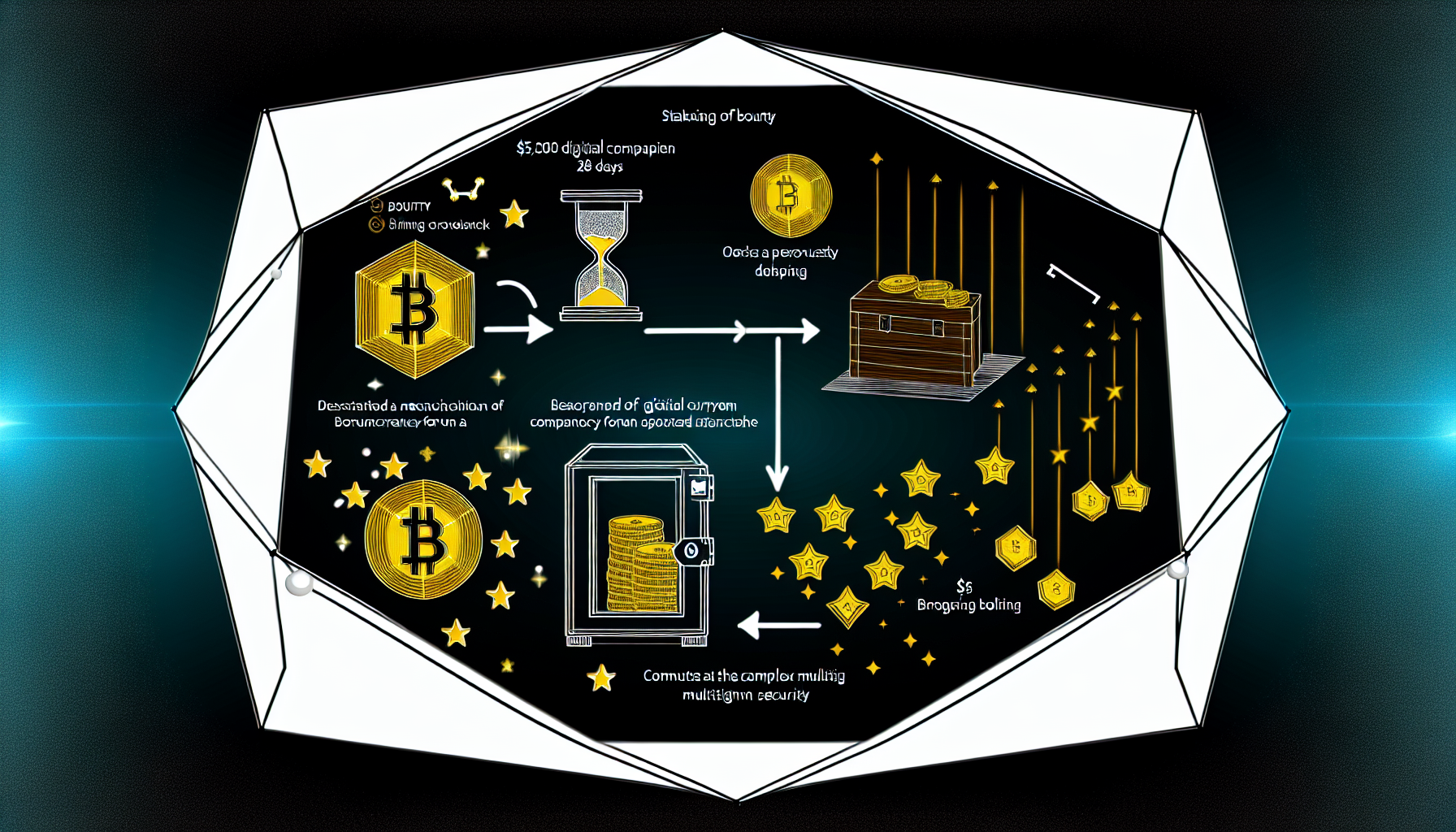
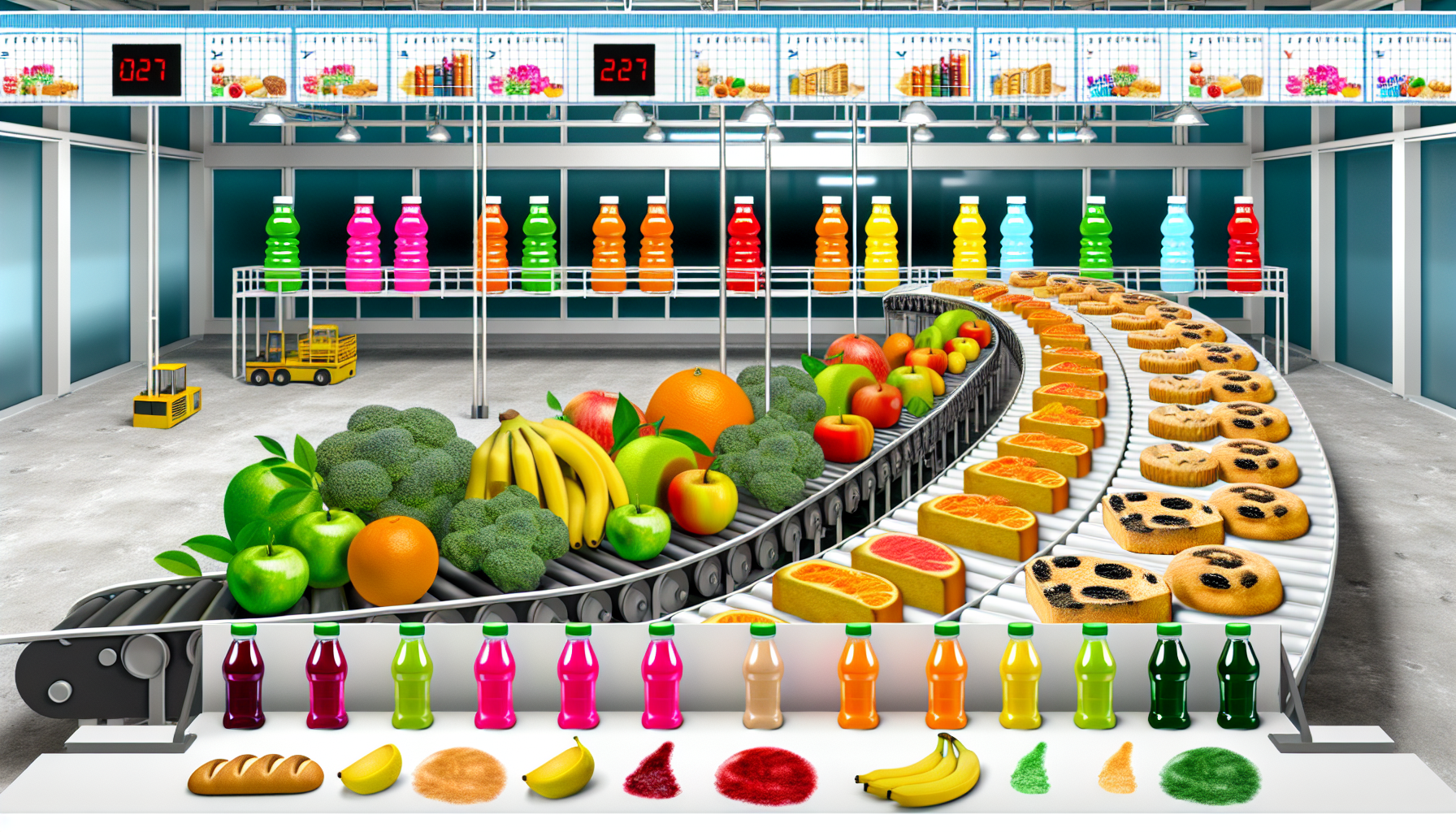
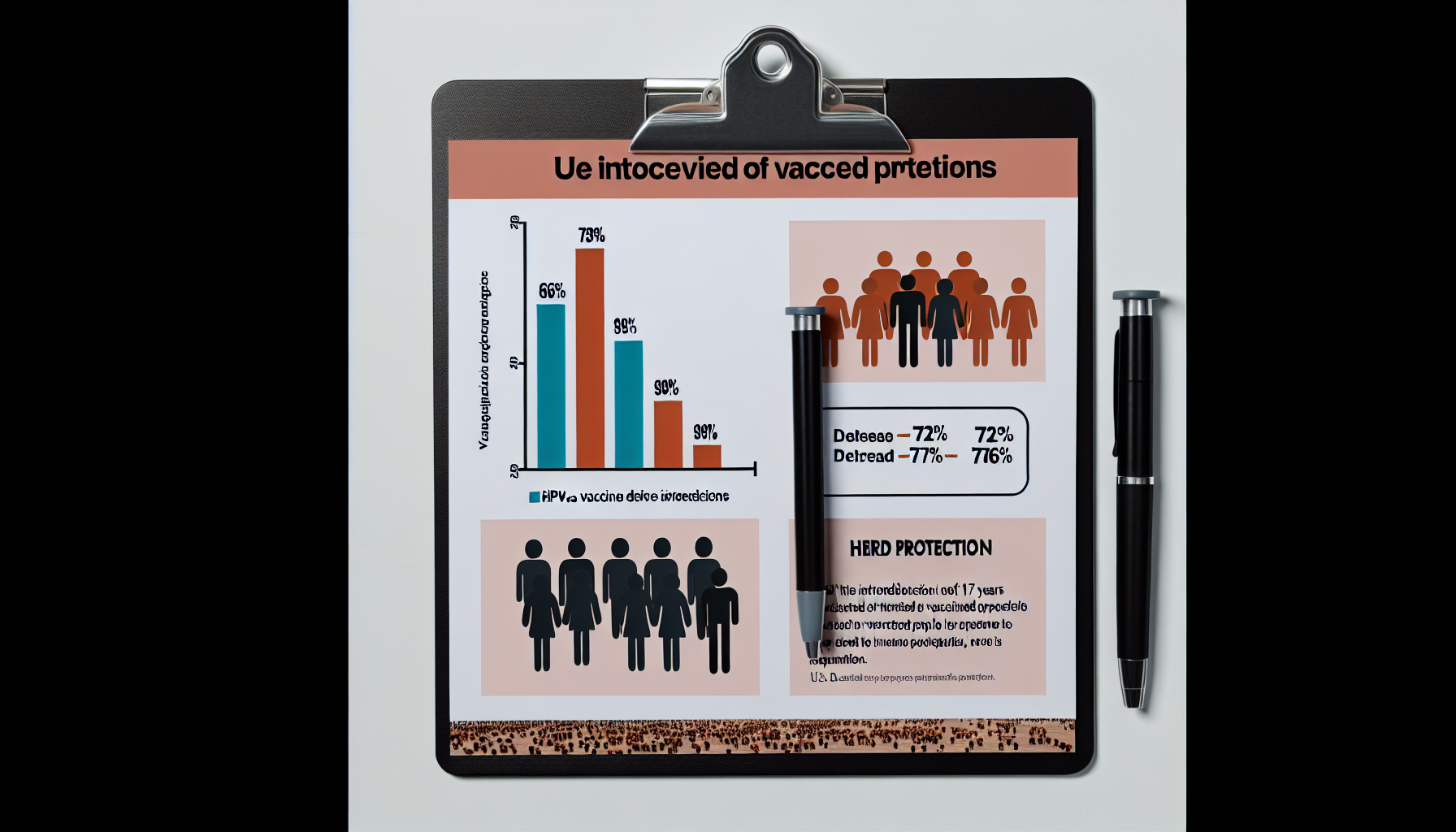
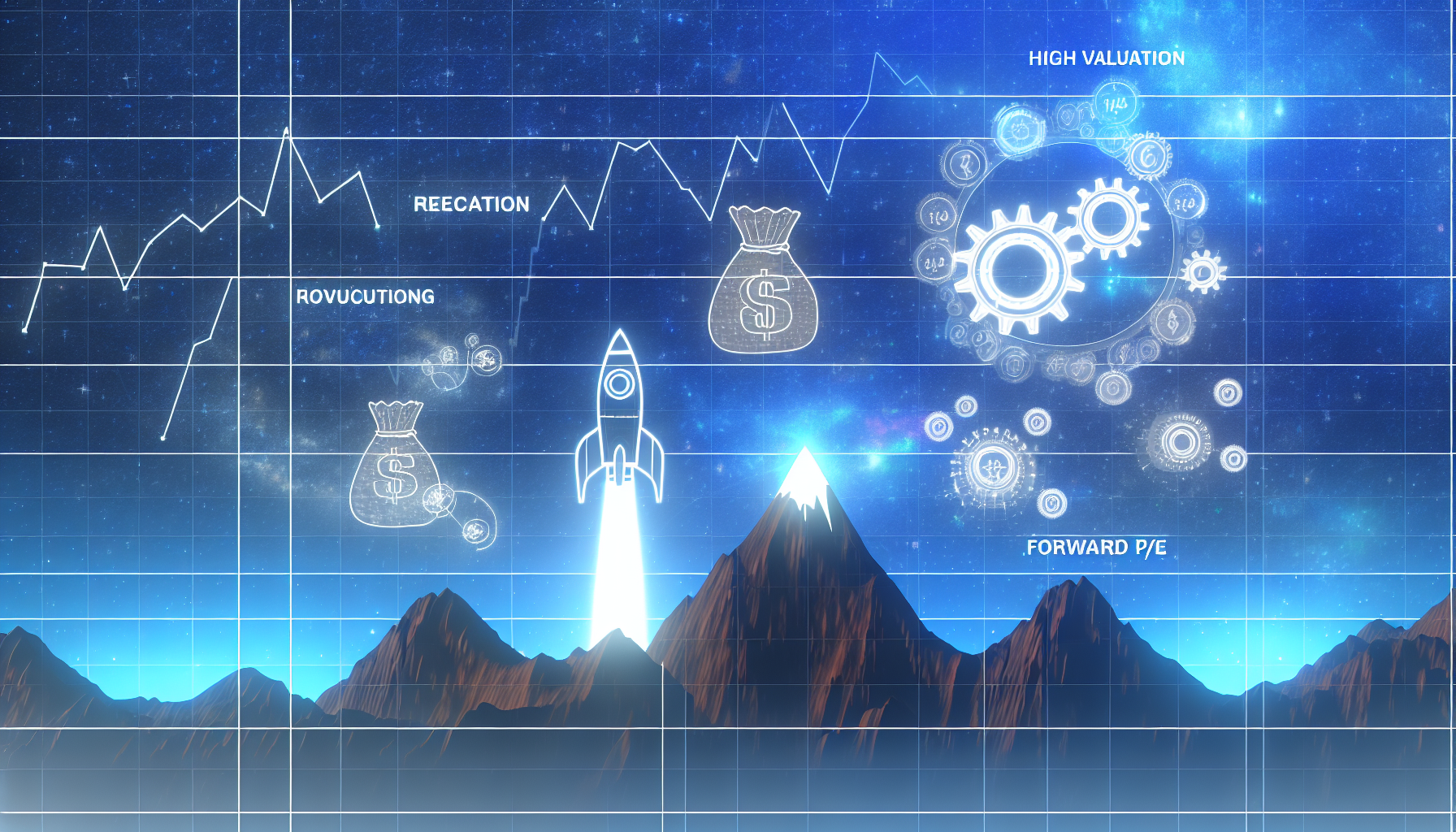
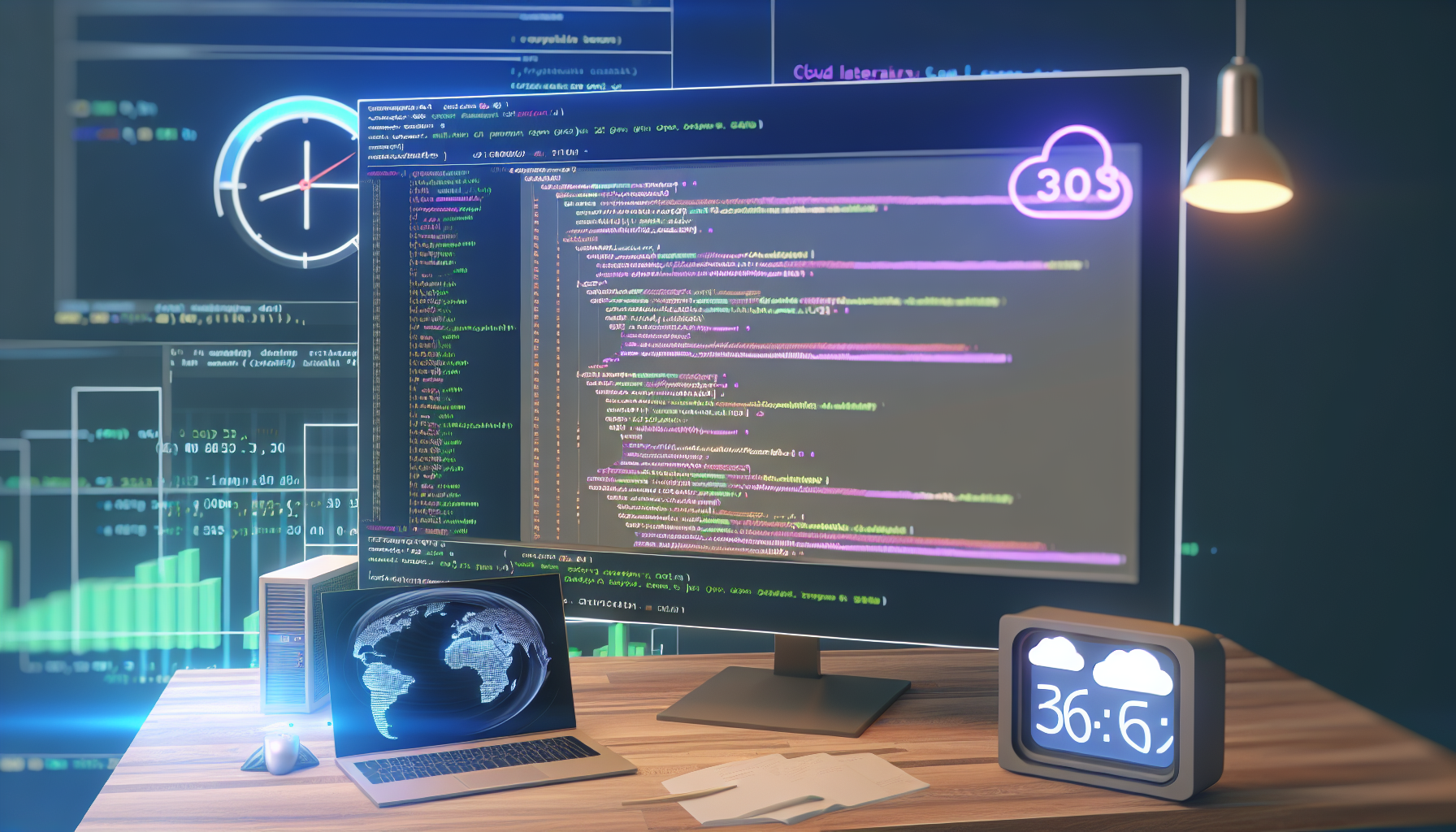
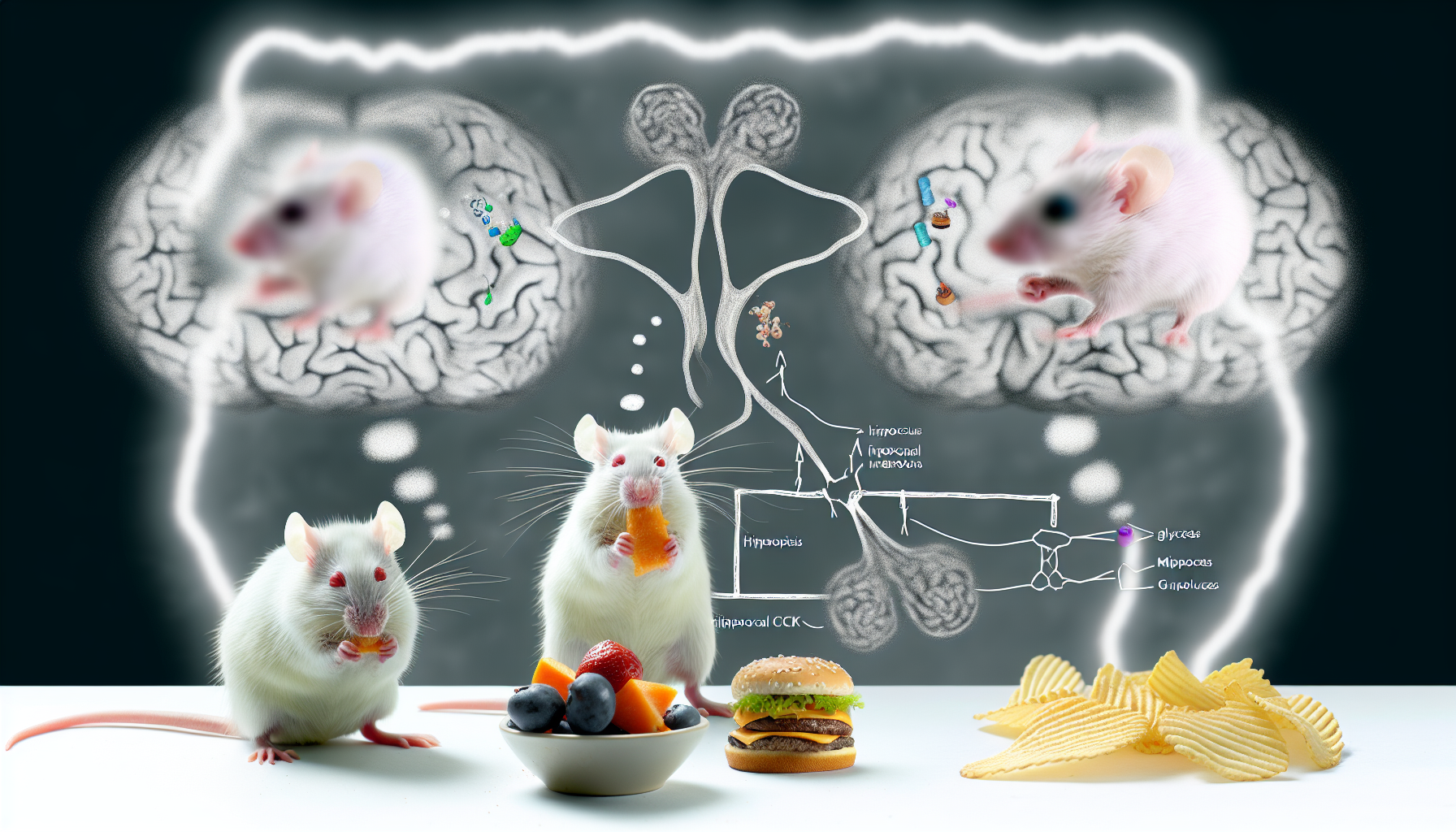

Leave a Reply